Emotional Intelligence is EmpathyEducates’ call. In our own lives, we have come to appreciate the lessons, which today would be characterized as Social-Emotional Learning. Having always felt as though we were the hare in the illustrious fable The Tortoise and the Hare we see the splendor of patience and empathy. Delaying immediate gratification has brought us the best…awareness for the veracity that instinctively humans are irrational. Emotions provide little empirical evidence; nevertheless these are strong. In an instant we might “think” that we “want” or “need” it all now. However, look back. Hindsight informs us; that cute car, that fabulous dress – were these purchases worth the price? Might a moment of perceived stress been the gift you forfeited? Peace of mind. The ability to predict the disdain you would feel for those wares in the future.
Perhaps, our endorsement of the philosophies expounded upon in these pages
For us, it was never a question. These “skills” are learned. Indeed, we thank our parents and all those in our lives who were and are wise and wonderful sages, our mentors, and our muse. We are grateful to the reflective Researchers who today bring all that is deep within us to light. May you enjoy the travel to and through your mind. May you come to trust the vitality of…Be kind. Everyone you meet is fighting a harder battle.” ~Plato
Can Emotional Intelligence Be Taught?
Originally Published at The New York Times. September 11, 2013
One day last spring, James Wade sat cross-legged on the carpet and called his kindergarten class to order. Lanky and soft-spoken, Wade has a gentle charisma well suited to his role as a teacher of small children: steady, rather than exuberant. When a child performs a requested task, like closing the door after recess, he will often acknowledge the moment by murmuring, “Thank you, sweet pea,” in a mild Texas drawl.
As the children formed a circle, Wade asked the 5-year-olds to think about “anything happening at home, or at school, that’s a problem, that you want to share.” He repeated his invitation twice, in a lulling voice, until a small, round-faced boy in a white shirt and blue cardigan raised his hand. Blinking back tears, he whispered, “My mom does not like me.” The problem, he said, was that he played too much on his mother’s iPhone. “She screams me out every day,” he added, sounding wretched.
Wade let that sink in, then turned to the class and asked, “Have any of your mommies or daddies ever yelled at you?” When half the children raised their hands, Wade nodded encouragingly. “Then maybe we can help.” Turning to a tiny girl in a pink T-shirt, he asked what she felt like when she was yelled at.
“Sad,” the girl said, looking down.
“And what did you do? What words did you use?”
“I said, ‘Mommy, I don’t like to hear you scream at me.’ ”
Wade nodded slowly, then looked around the room. “What do you think? Does that sound like a good thing to say?” When the kids nodded vigorously, Wade clapped his hands once. “O.K., let’s practice. Play like I’m your mommy.” Scooting into the center of the circle, he gave the boy, Reedhom, a small toy bear to stand in for the iPhone, then began to berate him in a ridiculous booming voice. “Lalalala!” Wade hollered, looming overhead in a goofy parody of parental frustration. “Why are you doing that, Reedhom? Reedhom, why?” In the circle, the other kids rocked back and forth in delight. One or two impulsively begin to crawl in Reedhom’s direction, as if joining a game.
Still slightly teary, Reedhom began to giggle. Abruptly, Wade held up a finger. “Now, we talked about this. What can Reedhom do?” Recollecting himself, Reedhom sat up straight. “Mommy, I don’t like it when you scream at me,” he announced firmly.
“Good,” Wade said. “And maybe your mommy will say: ‘I’m sorry, Reedhom. I had to go somewhere in a hurry, and I got a little mad. I’m sorry.’ ”
Reedhom solemnly accepted the apology — then beamed as he shook Wade’s hand.
“Something we now know, from doing dozens of studies, is that emotions can either enhance or hinder your ability to learn,” Marc Brackett, a senior research scientist in psychology at Yale University, told a crowd of educators at a conference last June. “They affect our attention and our memory. If you’re very anxious about something, or agitated, how well can you focus on what’s being taught?”
Once a small corner of education theory, S.E.L. has gained traction in recent years, driven in part by concerns over school violence, bullying and teen suicide. But while prevention programs tend to focus on a single problem, the goal of social-emotional learning is grander: to instill a deep psychological intelligence that will help children regulate their emotions.
For children, Brackett notes, school is an emotional caldron: a constant stream of academic and social challenges that can generate feelings ranging from loneliness to euphoria. Educators and parents have long assumed that a child’s ability to cope with such stresses is either innate — a matter of temperament — or else acquired “along the way,” in the rough and tumble of ordinary interaction. But in practice, Brackett says, many children never develop those crucial skills. “It’s like saying that a child doesn’t need to study English because she talks with her parents at home,” Brackett told me last spring. “Emotional skills are the same. A teacher might say, ‘Calm down!’ — but how exactly do you calm down when you’re feeling anxious? Where do you learn the skills to manage those feelings?”
A growing number of educators and psychologists now believe that the answer to that question is in school. George Lucas’s Edutopia foundation has lobbied for the teaching of social and emotional skills for the past decade; the State of Illinois passed a bill in 2003 making “social and emotional learning” a part of school curriculums. Thousands of schools now use one of the several dozen programs, including Brackett’s own, that have been approved as “evidence-based” by the Collaborative for Academic, Social and Emotional Learning, a Chicago-based nonprofit. All told, there are now tens of thousands of emotional-literacy programs running in cities nationwide.
The theory that kids need to learn to manage their emotions in order to reach their potential grew out of the research of a pair of psychology professors — John Mayer, at the University of New Hampshire, and Peter Salovey, at Yale. In the 1980s, Mayer and Salovey became curious about the ways in which emotions communicate information, and why some people seem more able to take advantage of those messages than others. While outlining the set of skills that defined this “emotional intelligence,” Salovey realized that it might be even more influential than he had originally suspected, affecting everything from problem solving to job satisfaction: “It was like, this is predictive!”
This was startling news. “Everybody said, Oh, it’s how kids achieve academically that will predict their adult employment, and health, and everything else,” recalls Mark Greenberg, a Penn State University psychologist. “And then it turned out that for both employment and health outcomes, academic achievement actually predicted less than these other factors.”
Should social-emotional learning prove successful, in other words, it could generate a string of benefits that far exceeds a mere bump in test scores. This prospect has led to some giddiness among researchers. Maurice Elias, a psychology professor at Rutgers University and the director of the Rutgers Social-Emotional Learning Lab, has lauded emotional literacy as “the missing piece” in American education.
But finding ways to measure emotional awareness — never mind its effects — is tricky. It’s also still unclear whether S.E.L. programs create the kind of deep and lasting change they aspire to. The history of education reform is rife with failures: promising programs that succeed in studies, only to falter in the real world. The phenomenon is so common that researchers even have a name for it: the Hawthorne effect — the fact that simply focusing attention on something, like a school, is enough to cause a temporary uptick in performance.
The problem of evaluating S.E.L. is compounded both by the variety of “prosocial” programs on offer and by the ways in which they end up being used in the classroom. Some of them — including one of the most popular, Second Step — are heavily scripted: teachers receive grade-appropriate “kits” with detailed lesson plans, exercises and accompanying videos. Others, like Facing History and Ourselves — in which children debate personal ethics after reading the fictionalized letters of a Nazi colonel and a member of the French Resistance — are more free-form: closer to a college philosophy seminar than to a junior-high civics class. ” ‘Mindful eating’ is social-emotional learning, according to some people,” Brackett told me. “It’s a mess. Everybody wants to jump on the bandwagon.”
David Caruso, a psychologist who does consulting and training in emotional intelligence, has called the current boom in social-emotional programs “promising,” but he worries that the field might be getting ahead of itself. “There are people who want to write this into the Common Core right now,” Caruso told me. “But before we institutionalize this, we’d better be sure that it makes a difference in the long run.”
Leataata Floyd Elementary, a school in a low-income part of Sacramento, has few problems with gangs or guns but a long history of dysfunction. Until recently, the staff attrition rate was more than 20 percent a year, and student test scores were regularly among the lowest in the state. Before the current principal, Billy Aydlett, was hired in 2010, there were six separate principals in five years.
Not long after he arrived, Aydlett created a detailed plan to boost the school’s academic performance. He recruited a roster of highly regarded teachers and developed an aggressive new curriculum full of rich and invigorating lessons. Once the school year started, however, it became clear that the new strategy was a bust. “Literally within the first month of school, we realized that we hadn’t planned for the right thing,” Aydlett recalled when I visited the school last spring. “What we discovered was that these kids weren’t going to be able to make progress on the academics until they’d gotten help with their social and emotional issues.”
As Aydlett and I watched, Garcia walked her class through an exercise in nonverbal cues, asking the children to imagine times when they felt sad or angry or frustrated, and then to freeze in those expressions and postures. As the kids slumped forward in exaggerated positions of woe, Garcia complimented them on small details: a bowed head or hangdog expression. Afterward, Garcia turned to the class. “This is the thinking part of your brain,” she said, holding up her thumb. She pointed to her fingers. “And this is the feeling part of your brain.” Folding her thumb into the center of her palm, she closed her fingers around it. “When we have strong emotions, the thinking part of our brain can’t always control them,” Garcia explained, waggling her fist. “What do we do in those moments?” As the kids called out answers — counting to five, “self-talk,” “dragon breaths” (a kind of deep-breathing exercise) — Garcia nodded.
Such strategies may seem simplistic, but researchers say they can have a profound effect. When I spoke with Mark Greenberg, who developed a social-emotional curriculum known as Paths (Promoting Alternative Thinking Strategies), he noted that repeatedly practicing these skills means they gradually become automatic. “The ability to stop and calm down is foundational in those moments.”
The value of such skills was evident later that day, when I sat in on a fourth-grade class meeting, in which students worked through interpersonal conflicts as a group. Sitting in a circle on the carpet, Anthony, a small boy in a red shirt, began by recounting how he cried during a class exercise and was laughed at by some of the other students. Asked whether he thought the kids were giggling to be mean, or just giggling because they were uncomfortable, Anthony paused. “I think that some people didn’t know what to do, and so they giggled,” he admitted finally — though he was also adamant that a few of the kids were actually laughing at him. “I was really sad about that,” he added.
Though Anthony was still upset, his acknowledgment that not all the kids were snickering — that some may just have been laughing nervously — felt like a surprisingly nuanced insight for a 9-year-old. In the adult world, this kind of reappraisal is known as “reframing.” It’s a valuable skill, coloring how we interpret events and handle their emotional content. Does a casual remark from an acquaintance get cataloged as a criticism and obsessed over? Or is it reconsidered and dismissed as unintentional?
Depending on our personalities, and how we’re raised, the ability to reframe may or may not come easily. Richard Davidson, a neuroscientist at the University of Wisconsin-Madison, notes that while one child may stay rattled by an event for days or weeks, another child may rebound within hours. (Neurotic people tend to recover more slowly.) In theory, at least, social-emotional training can establish neurological pathways that make a child less vulnerable to anxiety and quicker to recover from unhappy experiences. One study found that preschoolers who had even a single year of a social-emotional learning program continued to perform better two years after they left the program; they weren’t as physically aggressive, and they internalized less anxiety and stress than children who hadn’t participated in the program.
It may also make children smarter. Davidson notes that because social-emotional training develops the prefrontal cortex, it can also enhance academically important skills like impulse control, abstract reasoning, long-term planning and working memory. Though it’s not clear how significant this effect is, a 2011 meta-analysis found that K-12 students who received social-emotional instruction scored an average of 11 percentile points higher on standardized achievement tests. A similar study found a nearly 20 percent decrease in violent or delinquent behavior.
When I spoke with teachers at Leataata Floyd, they reported seeing similar results. One teacher remembered the pre-S.E.L. school as being out of control, with kids throwing food and angrily upending their desks in class. Now, she says, “they may still blow up, but they take responsibility. That’s a new thing: they always used to blame somebody else. For them to take responsibility — it’s huge.”
Social-emotional learning takes Dewey’s theory further, suggesting that all emotions — not just the right ones — are adaptive if properly managed. Studies have shown that people in a slightly sad mood are better at analyzing or editing a written document (they focus better on details), while people who are slightly angry are better able to discriminate between weak and strong arguments. The purpose of a social-emotional learning program, then, isn’t to elide emotion but to channel it: to surf the rapids rather than to be swamped by them. This can be hard to do.
When we feel angry, we usually act angry — even when that makes the situation worse. The nature of emotion is that it tends to run away with us. “When a feeling is unpleasant, how are you going to handle it?” asks Stephanie Jones, a Harvard psychologist who has studied a number of social-emotional learning programs. “Do you default to an angry response, a defensive response? Or do you go into a mode that’s more information-seeking?”
Social-emotional learning programs often rely on strategies from conventional therapy, like the ability to get distance on a feeling, or to unpack the deeper emotions that may be hidden within it. But fostering these skills in a child is a complex undertaking. For a child to master empathy, Jones notes, she first needs to understand her own emotions: to develop a sense of what sadness, anger or disappointment feels like — its intensity and duration, its causes. That awareness is what lays the groundwork for the next step: the ability to intuit how another person might be feeling about a situation based on how you would feel in a similar circumstance.
When it comes to making social-emotional learning effective, Jones says, determining which skills can constructively be taught at what ages is “a critically important question.” So far, however, few studies have been done on which skills are actually acquired through S.E.L., and even fewer have included the kind of rigorous, controlled trials needed to prove that acquiring a specific skill produces a specific outcome over the long term. “If skills aren’t nurtured in an ongoing way,” Jones says, “it may be that those skills are lost.”
Even a handful of poorly designed programs, Caruso notes, could cause educators who are just warming up to the idea of a social-emotional curriculum to dismiss the entire field. Critics already charge that social-emotional programs are a kind of “therapy light” and a waste of valuable classroom time. In 2010, a report from the U.S. Department of Education that evaluated seven different S.E.L. programs found no increase in academic achievement and no decline in behavioral problems. S.E.L. supporters criticized the study’s methodology and pointed out that the researchers couldn’t be sure that the comparison schools weren’t using S.E.L. techniques even if they weren’t using a formal program. Still, to show that S.E.L. is effective, Caruso says, programs will have to be tested the same way a new pharmaceutical is: through a randomized trial that could distinguish short-term placebo effects from lasting improvements. Without such evidence, social-emotional learning could go the way of the self-esteem movement, an ill-fated program from the 1980s in which schoolchildren repeated mantras like “I am special” and “I am beautiful.” At the time, it, too, was considered the height of progressive education. The program was largely abandoned after it ended up being connected to rising rates of narcissism.
“It’s a big messy field, with a lot of promises, but very little data,” Caruso says of S.E.L. “Right now I think people are just throwing stuff at the wall to see what sticks.”
One of social-emotional learning’s “stickiest” programs is Second Step, the plug-and-play curriculum that provides teachers with grade-appropriate emotional-skills lessons. Originally developed as a violence-prevention program in 1986, Second Step is currently used by approximately 25,000 schools in the U.S. and Canada, according to Joan Cole Duffell, executive director of Committee for Children, the nonprofit behind the program.
At Ella Flagg Young School in Chicago, I sat in on a sixth-grade Second Step class taught by Latasha Little-Brown, the dedicated “social-emotional learning coordinator” who has worked at the school for nine years. That day, Little-Brown began by playing a Second Step video featuring good friends, Lydia and Maria. In the story, Maria’s aunt gives her a cool new necklace, which has beads made of paper. Lydia loves it, so Maria lets her borrow it. But as Lydia is walking back from the party, it suddenly starts to rain and the necklace is ruined. Lydia doesn’t know what to do.
In the teachers’ edition of the exercise, the goal is for students to write out the steps of an apology, including reparation. (Step 1: “Maria, I was wrong for taking the necklace and not caring for it properly.” Step 2: Offer to pay for the necklace.) Little-Brown nudged the students in this direction, until one boy — a chubby kid who had kept his jacket and backpack on during the entire class — finally raised his hand in frustration. Lydia hadn’t been negligent, he pointed out: she’d just been walking home and got soaked by a thunderstorm. How was the loss of the necklace her fault?
Lawyering ensued. One girl insisted that Lydia could have put the necklace in her pocket, or balled it up in her hand — leading another student to argue that just clutching the necklace in a downpour wouldn’t have protected it. Meanwhile, Backpack Boy was still trying to parse the details of friendly obligation. If someone dumped a bucket of water on you as you walked by, he wanted to know, would that be your fault? What if someone robbed you or threatened you with a gun?
Little-Brown allowed the debate to go on for several minutes, then moved crisply to the official point of the lesson: that once a thing is in your possession, you are responsible for it. The class ended with each group writing the steps of restitution on a piece of poster board. It was a disappointing moment. Though Little-Brown was engaged and thoughtful, the class still felt more like a rote exercise in social obligation than a nuanced exploration of a complicated issue. It was hard to believe that the resolution was satisfying to someone like Backpack Boy — one of the few students who seemed eager to wrestle with the knotty issues on which justice can turn.
Later, I mentioned this incident to Marc Brackett. Like many researchers, Brackett worries about the spread of programs like Second Step, in part because they can be overly formulaic. He is also concerned that they can serve as social-emotional placebos, allowing administrators to seem as if they’re working to fix a troubled school without actually doing anything. “When the superintendent wants to show the state that they bought their anti-bully program, or whatever, they buy these kits,” he said. “But then the box just sits on the shelf.”(To be fair, Brackett’s program is one of Second Step’s competitors. Duffell says that Second Step is “dedicated to good-quality implementation” and now has an online system to monitor how teachers use the program.)
Brackett’s program, Ruler, created with David Caruso and others, is more intensive. A school interested in trying Ruler must sign a three-year commitment that involves regular training, including Brackett’s four-day “Anchors of Emotional Intelligence” workshop, which costs $1,800 per person. Though Brackett emphasized to me that Ruler is used by a variety of schools, in a range of income brackets, the program costs significantly more than Second Step, especially when teacher and staff training is factored in. (Only about 500 schools use Ruler.)
In the Ruler cosmology, social-emotional lessons aren’t restricted to one class a week, or even to one class a day. Rather, such moments of observation are expected to pervade every class, from English and math to music and P.E. “Emotional skills aren’t something that develop overnight,” Brackett emphasized. “For most people, it will take a lot of practice.”
Starting in kindergarten, students begin each day by locating themselves on the “mood meter,” a set of four colored squares — blue for moods like malaise, yellow for excitement — that represent the four quadrants of emotional experience. (The other squares are red, for anger, and green, for calm.) The goal is to develop children’s capacity for self-reflection and critical thinking. “We never say, ‘The best thing to do is to take three deep breaths,’ ” Brackett told me. “For some people, taking deep breaths works. But for me, when I take deep breaths, I just think about how I can wring your neck.”
Growing up, Brackett told me, he was bullied “horrifically” — the kind of experience he believes Ruler could help prevent. Not long after being hired at Yale, he said, he went back to his old school, hoping to persuade it to implement the program. “I said, ‘I’ll give you a gift that would normally cost $100,000’ ” — what the Ruler program can amount to, with all the training. “They said, ‘Oh, that’s O.K. — we already have a speaker on emotional intelligence.’ ”
Even now, Brackett says, many educators don’t grasp the importance of emotional awareness. For Ruler to work, he maintains, the tools need to be embraced not just by students but also by teachers and administrators. “They have to be able to walk around that school and say: ‘Hey, where are you on the mood meter? I’m in the yellow right now. I’m feeling excited, how about you?’ or ‘Man, I had a really tough morning. I had to take a meta-moment because that parent was so crazy, I really had to manage my emotions.’ ”
Brackett’s approach may strike some as overkill, but a growing number of social-emotional learning programs now offer separate training for teachers. “It’s like that old airplane maxim,” Mark Greenberg told me. “Put your own mask on before you put your child’s on. You have to help yourself first.” Greenberg notes that a great teacher can change how students learn and behave, creating a climate that is engaged, caring and respectful. In theory, S.E.L. training could help more teachers develop those skills. “The one constant in education research has been the power of these great teachers,” Greenberg said. “What has been less clear is how you bottle that.”
Located high in the hills a few miles north of Berkeley, Prospect Sierra, a private elementary school, is also a Ruler school. It’s a cheerful place filled with the subtle accessories of wealth: airy classrooms outfitted with iMacs and a sprawling sports field with an unobstructed view of the San Francisco Bay.
Walking the halls one day last spring, I spied posters for empathy (“I say what I am feeling, and listen empathetically to what the other person is saying”), with examples of various mood meters, including one made by first graders that struck me as both impressive and alarming. Alongside “energetic,” “peaceful,” and “curious,” the meter listed “frantic,” “lonely,” “depressed,” “excluded” and “joyless.”
In the afternoon, I joined a P.E. class to watch a capture-the-flag-style game, in which teams tried to retrieve colored banners without being tagged. The teacher, a lean, blond woman named Jacqueline Byrne Bressan, began by having students sit in a circle to discuss problems that came up in the last game and how they could be prevented this time around. One boy, whose silky brown hair gave him the look of a miniature British soccer star, raised his hand to note that “some people” hadn’t been willing to “roshambo” — do “rock, paper, scissors” — the school’s accepted practice for settling disputes over whether a player had been tagged or not. When Bressan asked what he did about that, the boy sat up. “I told them they weren’t playing fair,” he said solemnly. “And then I let it go.”
Not long after this discussion, I watched as a beefy blond kid in a red shirt and white Nikes was patently tagged by a small brown-haired girl, but kept running. “You’re tagged!” the girl yelled. Another boy echoed her: “You’re tagged!” The boy yelled back, “No, I’m not!” Glancing at Bressan, he slowed briefly to a walk — then moved furtively around the edge of the field and sneaked back into the game.
Watching this, Bressan smiled dryly. The beefy boy, she observed, is “one of the kids who really struggles” with basic social-emotional concepts like fairness and accountability. But she also said she felt that he was gradually improving. “It used to be, he wouldn’t roshambo at all,” she said. “Or he’d lie and say that he did. Now it may take a minute, but he usually does it.”
While it was hard to tell if roshambo was teaching deeper lessons of fairness and problem-solving, Bressan told me that it radically cut the number of arguments she had to resolve, and also made it easy to identify the kids who needed more help socially. She also said that it gave the other students the moral authority to hold another player accountable.
There seemed to be something to this. While the game had its share of elementary-school drama (at one point, a girl started to cry after a boy bragged that he was faster than her “by a million miles”), it was noticeable how quickly most kids moved on. A tiny blond girl who was in tears over being pushed — her new white jeans now had a grass stain on the knee — handled the matter by walking once around the field, then talking about it in the postgame debriefing. “We talked about not tagging too hard during the game, but it was still happening,” she said, sounding surprisingly sanguine.
When I mentioned this to Bressan, she nodded. “I think it makes a difference sometimes for them just to be able to say it,” she said. “Just to have it discussed.”
Talking later, Bressan told me that in her last job, at an inner-city school in New York, students behaved differently; when one kid was punched in the stomach during recess, she recalled, he didn’t even go to the teacher. By comparison, it was hard to know how the kids at Prospect Sierra might fare in the “real world.” But she added, “The real question is: What kind of world do we want?”
That question is one that Marc Brackett thinks about often. He envisions a generation of kids who have grown up immersed in an environment of total emotional awareness — who receive new insights at the developmentally appropriate times, and in deliberately constructive ways.
“If you have that kind of instruction, from kindergarten,” he said, “I think that in 20 years the world will be a very different place.”
Jennifer Kahn teaches at the University of California, Berkeley, Graduate School of Journalism. She last wrote for the magazine about prepsychopathic children.
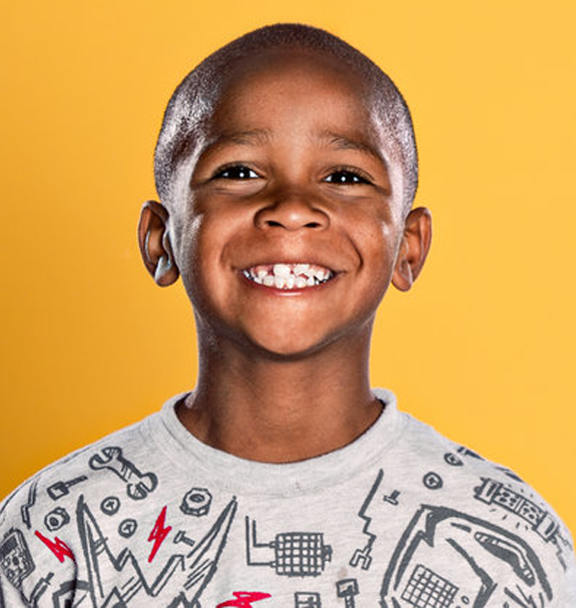
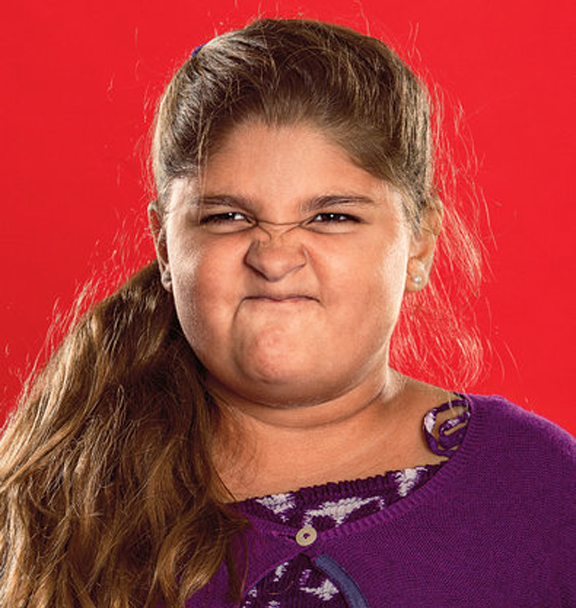
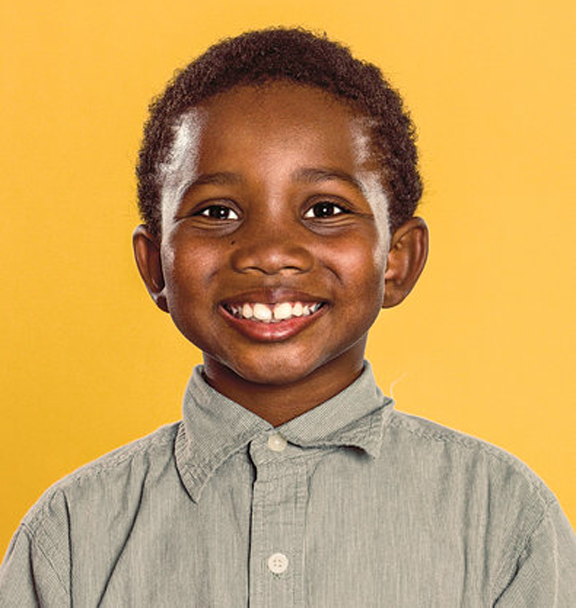
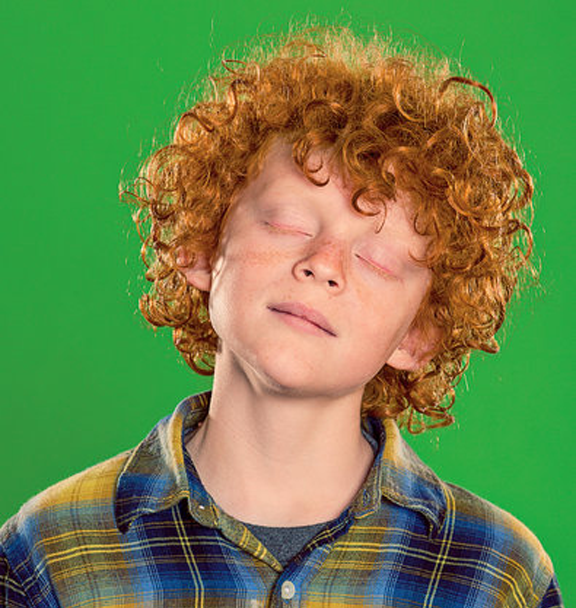






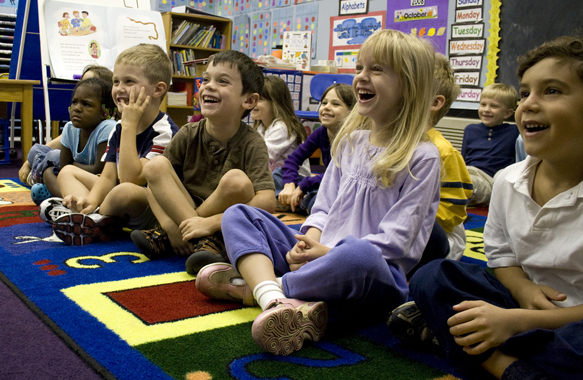

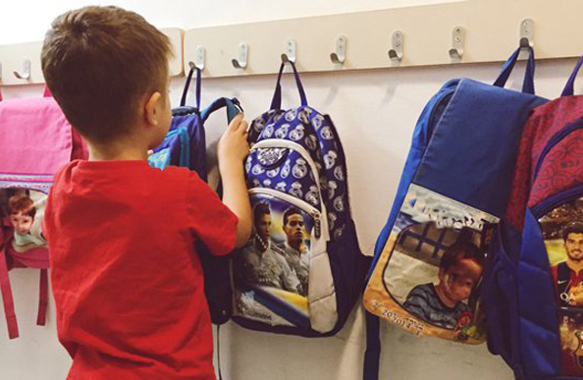


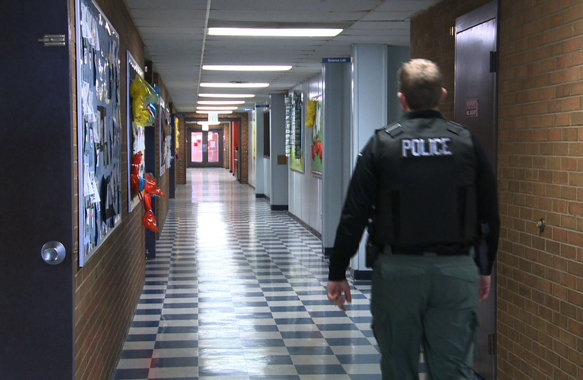
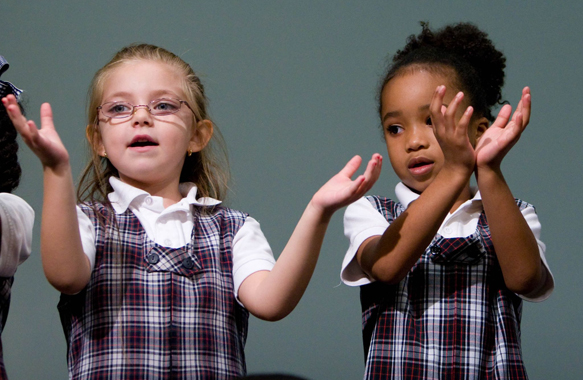
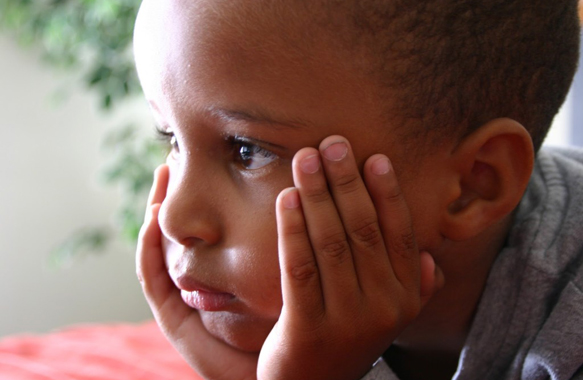

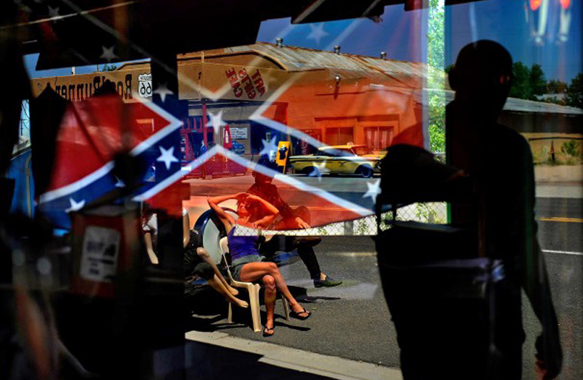
Leave A Comment